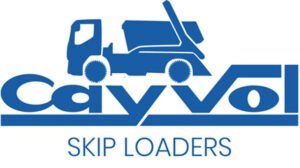
From Load to Lift: What is the Mechanics of Hook Lift Systems
Unveiling the intricate workings of hook lift systems: Explore the mechanics behind this versatile equipment, their functionalities, and the key differences.
Introduction
In the ever-evolving world of heavy-duty equipment, hook lift systems have emerged as a game-changer for efficient and versatile material handling.
But what exactly lies beneath the seemingly simple act of lifting and lowering containers?
This blog delves into the fascinating mechanics of hook lift systems, exploring their functionalities, comparing them to cable lifts, and providing valuable insights for potential users.
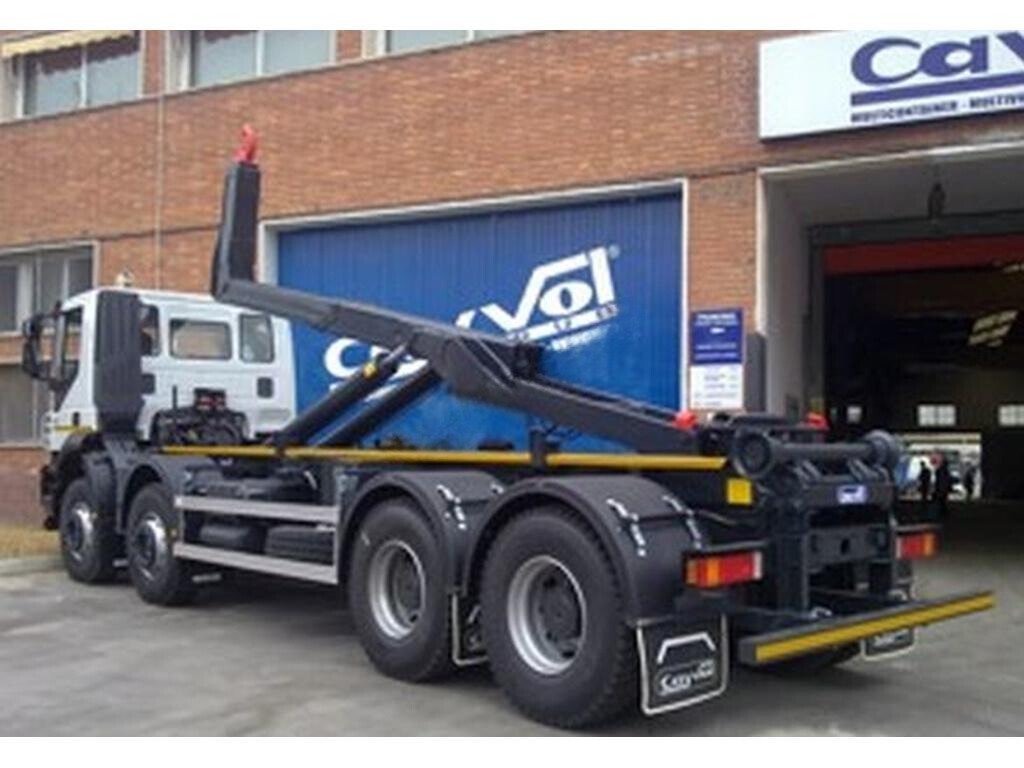
What is the Mechanics of Hook Lift?
At the heart of a hook lift system lies a robust hydraulic mechanism that powers the lifting and lowering of various containers. The components are:
Subframe: This sturdy metal frame is mounted onto the chassis of a hook lift truck. It houses the hydraulic components and provides a stable base for the lifting arm.
Lifting Arm: This is the main component responsible for raising and lowering containers. It pivots on the subframe and features a hook lift at its end, designed to engage with the container’s lifting points securely.
Hydraulic Cylinders: These powerful cylinders are responsible for actuating the lifting arm. By controlling the flow of hydraulic fluid, the operator can precisely raise and lower the container to the desired height.
Control System: The operator controls the entire system through a user-friendly interface, typically consisting of levers or joysticks.
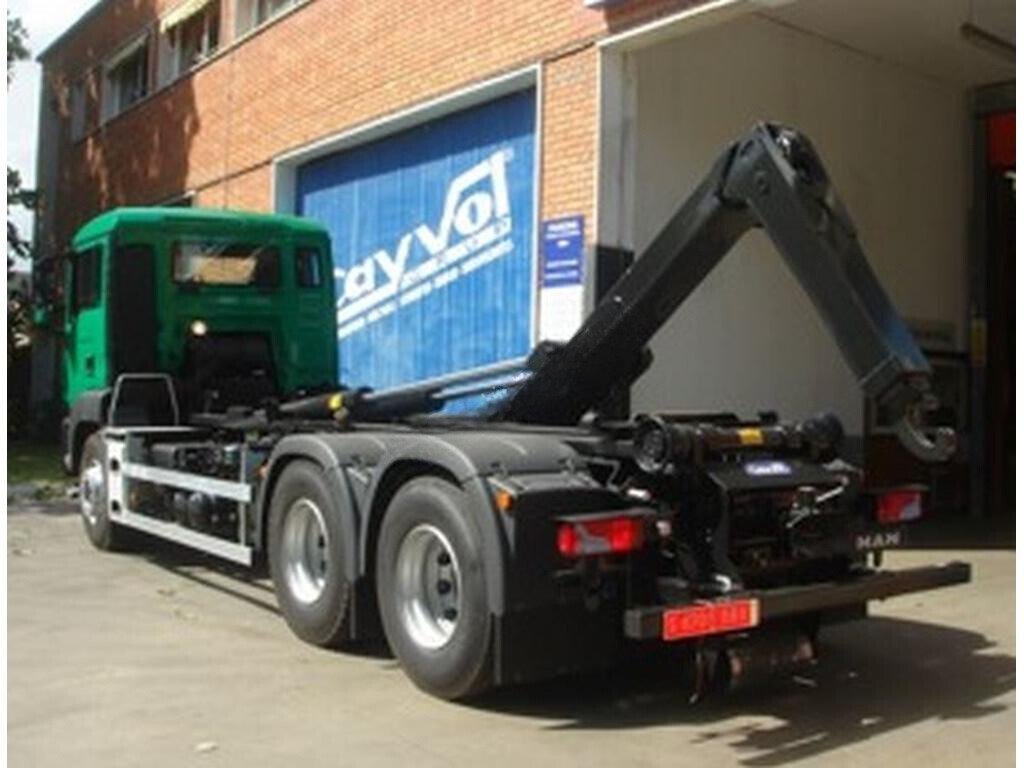
The Lifting Action: How it Works
The magic of hook lift systems lies in their simple yet effective operation. Its working procedure involves:
Positioning: The hook lift truck is positioned alongside the container to be loaded or unloaded.
Hook Engagement: The operator extends the lifting arm and lowers the hook lift until it securely engages with the designated lifting points on the container.
Lifting: By activating the hydraulic cylinders, the operator raises the lifting arm, seamlessly elevating the container off the ground.
Transportation: With the container securely lifted, the hook lift truck can transport it to the desired location.
Lowering and Detachment: Once at the destination, the operator lowers the container to the ground and disengages the hook lift, allowing for safe unloading.
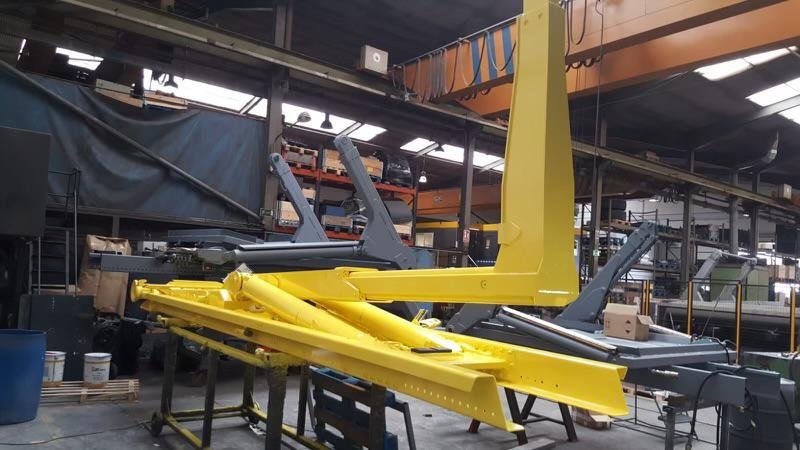
Hook vs. Cable: Understanding the Differences
While both hook lift systems and cable lifts are used for lifting and transporting containers, they differ in their operational mechanisms:
Hook Lifts
As described above, hook lifts utilize a hydraulic arm with a hook to engage and lift containers.
This method offers precise control and flexibility, allowing for loading and unloading from various angles and heights.
Cable Lifts
These systems employ cables and winches to raise and lower containers.
While generally less expensive than hook lifts, they require more precise positioning and can be less versatile in terms of loading and unloading options.
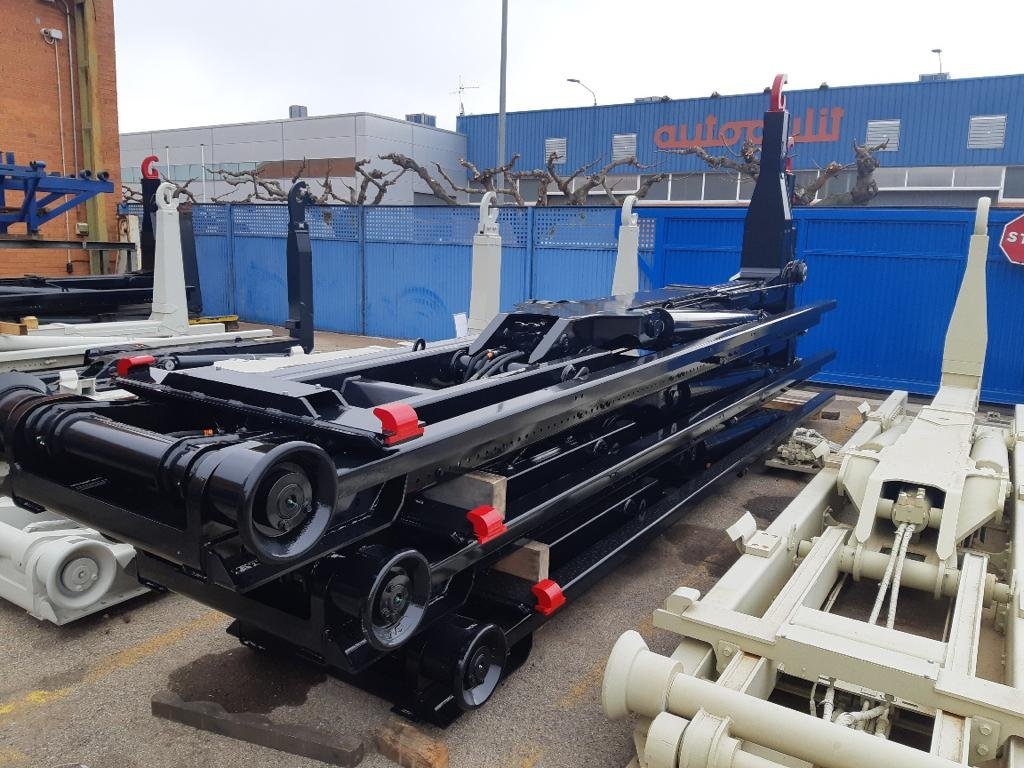
What are the Applications of Hook Lift Systems?
The adaptability of hook lift systems makes them ideal for a wide range of applications, including:
- Hauling building materials, debris removal, and transporting equipment.
- Transporting mulch, gravel, and other landscaping materials.
- Efficient collection and transportation of waste containers.
- Moving crops, fertilizer, and equipment.
- Setting up and dismantling temporary structures and equipment.
Exploring the Options: Hook Lift Truck Capacity and Considerations
Hook lift trucks come in various capacities, typically ranging from 5 tons to 40 tons.
The appropriate capacity depends on the weight and size of the containers you intend to handle. Additionally, factors like terrain, maneuverability requirements, and budget need to be considered when choosing a hook lift truck.

Hook Lift System Prices
Hook lift system prices vary depending on factors like:
Capacity: Higher capacity systems naturally command a higher price tag.
Brand and features: Reputable brands and advanced features can influence the cost.
New vs. used: Used hook lift systems are generally more affordable but may require additional maintenance or repairs.
Hook lift body prices also need to be factored in, as these come in various configurations and materials, impacting the overall cost.
Bottom Line
Hook lift systems have revolutionized the material handling landscape, offering a powerful blend of versatility, efficiency, and precision.
Whether you require a robust solution for construction projects, efficient waste management, or flexible event setup, hook lift from Cayvol Skip Loaders is an addition to innovative engineering, and empowers you to conquer your lifting and transportation challenges with ease.
